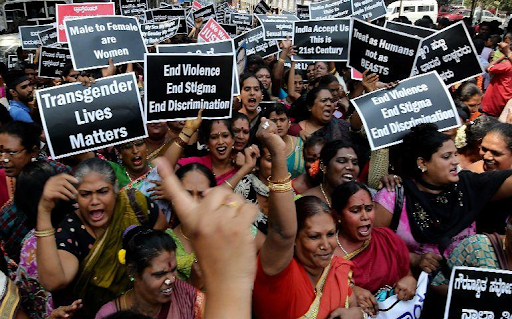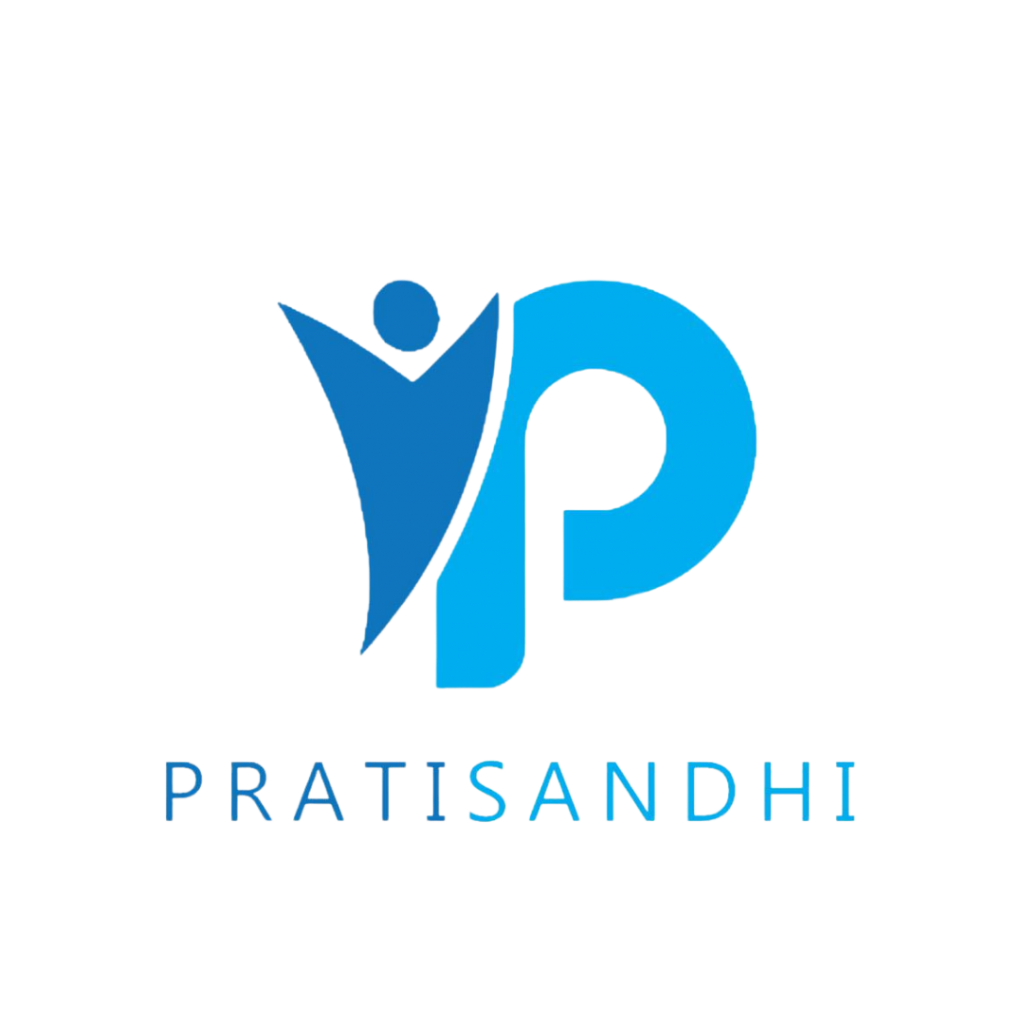Understanding Transgender Identities in the Indian Context
Discussions around Transgender identities in India, especially amongst older generations, tend to be marked by ignorance and a misunderstanding of the various terms surrounding them. However, the understanding of these terms is not just a matter of semantics – it has profound implications for matters of ensuring human rights for these communities, as well as mainstream cultural acceptance. And more often than not, this lack of comprehension of transgender identities makes way for bigotry. Genderqueer identities have long been a part of Indian culture and society – the understanding of these identities is a vital first step in furthering societal acceptance of them.
The word ‘transgender’ carries with itself the weight of numerous misconceptions – negative prejudices, conflation with other terms, and so on. So first things first – who is a Transgender person?
A transgender individual is someone whose gender identity does not align with the sex they were assigned at birth. For example, a person assigned male at birth may identify as a woman, and use a name and pronouns that align with this. Transgender is an umbrella term that encompasses a large number of identities. This may include binary transgender people, (those who identify as strictly male or female) or non-binary trans people (those whose gender identity lies outside of the male-female binary). Many non-binary folks may choose not to identify with the label of transgender. At the end of the day, it comes down to personal choice.

More discussion on Transgenders
Is being transgender a new phenomenon?
Transgender identities are in no capacity a new phenomenon. Many cultures around the world, pre-European colonialism, have had extra-binary gender identities deeply rooted within them. Indian culture is no exception. Ancient Indian texts recognized a third gender, “tritiya prakriti” or “napumsaka.” Transgender individuals held significant positions during the Mughal period, serving as political advisors, administrators, and guardians in the royal courts. Their loyalty and influence were highly valued. However, with British colonial rule in the 18th century, attitudes changed. The British administration sought to criminalise and marginalise transgender individuals, culminating in the Criminal Tribes Act of 1871, which imposed legal restrictions on Hijras. The legal recognition of the “third gender” by the Supreme Court in 2014 marked a positive step.
What are the different genderqueer identities that exist in India?
Some genderqueer identities unique to the Indian subcontinent are
Eunuch: Born males who are emasculated or castrated, and intersex individuals.
Hijra: Biological males rejecting their masculine identity, identifying as women, “not-men,” or in-between. Often a community with unique rituals and professions.
Kinnar: Term for hijras in north India; used by educated hijras in some regions.
Aravani: Term for hijras in Tamil Nadu; they see themselves as women in male bodies.
Kothi: Heterogeneous group of effeminate biological males, often taking a feminine role in same-sex relationships. Not all identify as hijra or transgender.
Shiv-shakti: Transgender community in Andhra Pradesh, considered “possessed by” or “married to” gods, with a feminine gender expression.
Jogti Hijras: In Maharashtra and Karnataka, male-to-female transgenders dedicate themselves to the service of a particular god in temples.
Keep in mind that these identities and terms do not reflect all transgender people in India. Rather, they represent cultural and regional identities with specific rites and rituals of their own. Apart from this, some people identify as transgender and non-binary in the contemporary sense.
Who is an intersex person?
Intersex is a broad term encompassing various conditions where an individual is born with reproductive or sexual anatomy that deviates from the conventional definitions of male or female. This term is used to describe an individual’s sex assigned at birth or ‘biological sex’. It is separate from their gender identity which may be that of a man, woman, or any non-binary identity. It is important to keep intersex folk in mind when discussing biological sex, as it is a spectrum and not a binary, just like gender identity.

What are some challenges faced by transgender individuals in India?
Transgender individuals in India often face challenges such as discrimination in education and employment, lack of healthcare access, and societal prejudice, leading to higher rates of mental health issues. 96% of the Transgender community in India are denied jobs, and forced to take up low-paying or undignified work. Often, transgender people are denied education or find education to be inaccessible due to socioeconomic reasons, which further marginalises them in terms of equal job opportunities. They are forced to take up low-paying work, begging or sex work. Transgender people often choose to undergo hormone therapy and tend to be denied work under the guise of HRT making them ‘unfit’ for certain types of work. Transgender people are often subject to harassment in the workplace as well.
How can I be a good ally to Transgender folk?
Being an ally involves educating oneself about transgender issues and identities, using inclusive language – including correct gendered terms and pronouns, supporting and advocating for transgender rights, and standing firmly against discrimination. Question pre-existing prejudices and educate yourself using various resources, especially from Transgender authors, scholars, and content creators. Creating safe spaces and amplifying transgender voices are also essential.
Conclusion
Transgender folks have had a long and rich history in India. However, it tends to be overlooked in the face of the unrelenting discrimination faced by the community. A better world for Transgender folk is possible, if we as a community commit strongly to our allyship and uplifting transgender voices. This Transgender Awareness Week, let us foster a more enlightened and inclusive society by actively engaging in conversations, promoting education, and challenging stereotypes surrounding transgender identities in India.
Author

